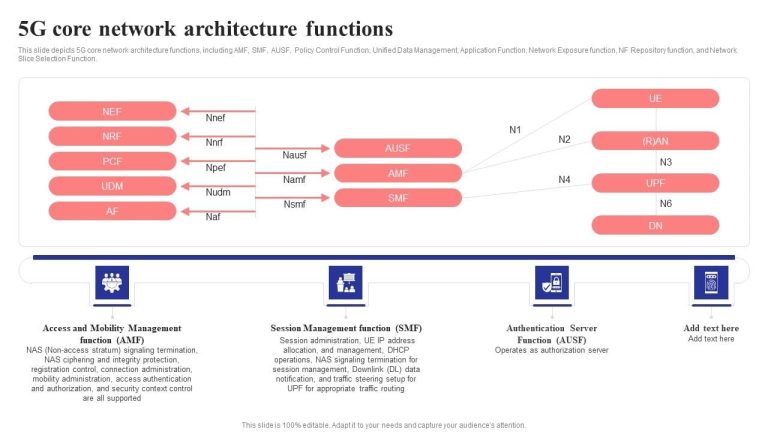VDFP: Understanding Vertical Dynamic Frequency Planning in Modern Networks
telcomatraining.com – As modern communication networks continue to evolve, efficient frequency planning has become essential for optimizing performance and minimizing interference. One of the emerging techniques in this field is Vertical Dynamic Frequency Planning (VDFP), which enhances network capacity and spectral efficiency. This article delves into the fundamentals of VDFP, its benefits, and its applications in contemporary network infrastructure.
What is Vertical Dynamic Frequency Planning (VDFP)?
Vertical Dynamic Frequency Planning (VDFP) is a frequency management technique designed to optimize spectrum allocation dynamically across different layers of a network. Unlike traditional static frequency allocation methods, VDFP utilizes real-time data analytics and artificial intelligence (AI) to adjust frequency distribution in response to network conditions.
The concept of “vertical” in VDFP refers to the multi-layered nature of modern networks, which may include macro cells, small cells, and indoor deployments. By dynamically adjusting frequencies across these layers, VDFP ensures optimal resource utilization, reducing congestion and interference while maintaining high-quality connectivity.
Key Benefits of VDFP
- Improved Spectral Efficiency
VDFP allows for dynamic allocation of frequencies based on real-time network demand, ensuring efficient use of available spectrum and reducing wastage. - Reduced Interference
By intelligently managing frequency distribution, VDFP minimizes interference between different layers of the network, leading to better overall performance and reliability. - Enhanced Network Capacity
Dynamic frequency planning helps accommodate more users within the same spectrum by optimizing frequency reuse and balancing traffic loads effectively. - Better Quality of Service (QoS)
VDFP ensures that users receive consistent connectivity by dynamically reallocating frequencies to areas with high demand, thereby reducing network congestion and service degradation. - Scalability for Future Technologies
With the rise of 5G and beyond, VDFP plays a crucial role in handling the increasing complexity of heterogeneous networks, making it a scalable solution for future connectivity needs.
How VDFP Works
VDFP operates through a combination of real-time monitoring, AI-driven analytics, and automated frequency reallocation. The process generally follows these steps:
- Data Collection
Network sensors and monitoring tools continuously gather information on traffic load, interference levels, and spectrum utilization. - AI-Based Analysis
Machine learning algorithms analyze the collected data to identify patterns, predict congestion, and determine the best frequency allocation strategy. - Dynamic Adjustment
Based on AI recommendations, the network automatically reassigns frequencies across different layers to optimize performance and reduce interference. - Continuous Optimization
The system continuously monitors and fine-tunes frequency allocation to adapt to changing network conditions in real time.
Applications of VDFP in Modern Networks
- 5G and Beyond
With the advent of 5G, VDFP plays a crucial role in managing ultra-dense network deployments where spectrum efficiency is vital for seamless connectivity. - Smart Cities
In smart city infrastructure, VDFP helps optimize wireless communication for IoT devices, ensuring reliable connectivity in urban environments. - Enterprise Networks
Businesses with large-scale networks benefit from VDFP by maintaining consistent service quality across different office locations and floors. - Public Safety Communications
Emergency services rely on uninterrupted communication, and VDFP aids in dynamically reallocating spectrum resources to critical operations during emergencies.
Challenges and Future Prospects
Despite its advantages, VDFP faces challenges such as computational complexity, implementation costs, and compatibility with legacy systems. However, advancements in AI, edge computing, and network automation are paving the way for seamless integration of VDFP in next-generation networks.
As network demand continues to grow, VDFP is expected to become a standard practice in frequency planning, contributing to a more efficient and resilient communication ecosystem.
Conclusion
Vertical Dynamic Frequency Planning (VDFP) represents a significant leap in network optimization by leveraging AI-driven analytics for dynamic spectrum allocation. Its ability to enhance spectral efficiency, reduce interference, and improve QoS makes it a valuable solution for modern networks. As technology advances, the adoption of VDFP will be instrumental in shaping the future of wireless communication, ensuring reliable and high-performance connectivity for users worldwide.







